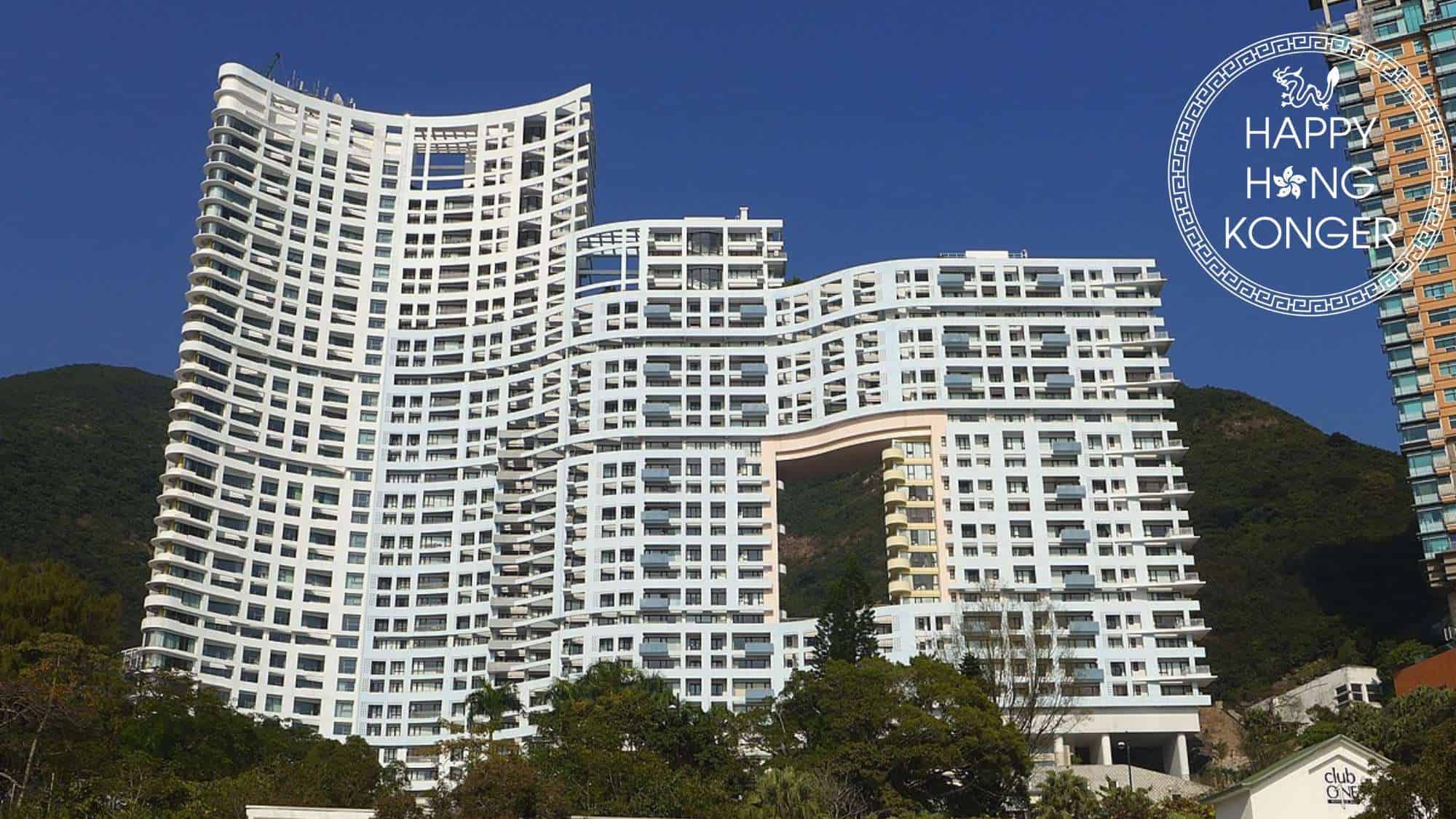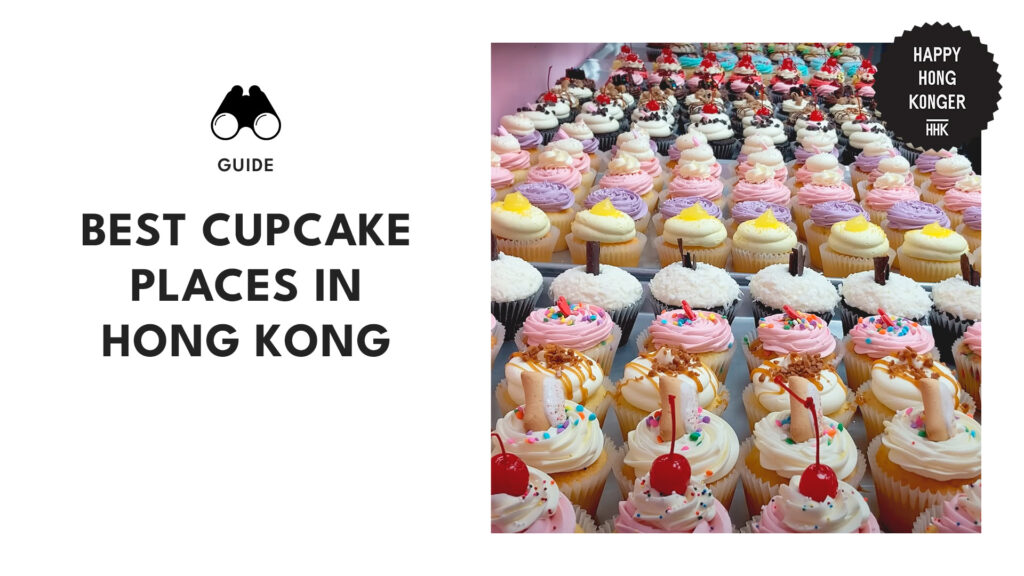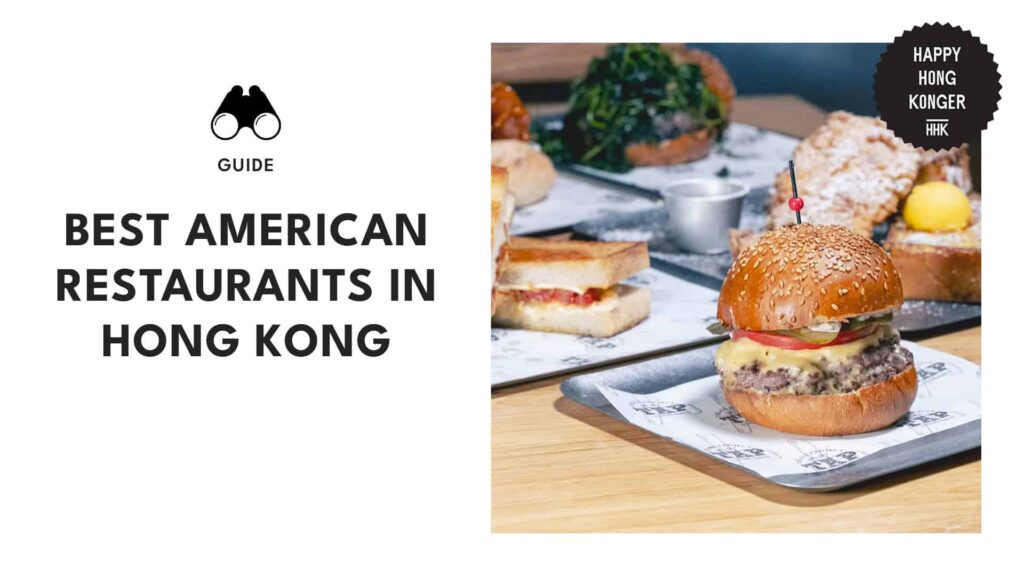Categories > Guides and Tips

The Real Reason Behind the Holes in Hong Kong Buildings
- Why are there holes in buildings in Hong Kong?
- Which Hong Kong buildings have holes in them?
- How do other buildings in Hong Kong use Feng Shui aside from dragon gate?
- Choosing the Right Location
- Omitting the 4th Floor
- Adding Lucky Motifs
- Using Shapes
- Why is Feng Shui important in Hong Kong architecture?
The Hong Kong skyline is popular because of its beauty. However, did you know that there’s more to it than meets the eye?
Specifically, if you’ve been to Hong Kong, you’ve seen buildings with peculiar holes in the facades. Believe it or not, these gaping voids have a distinct purpose. In this article, we unravel the mystery behind them!
Why are there holes in buildings in Hong Kong?
There are holes in buildings in Hong Kong because according to Feng Shui, these holes (or dragon gates), are believed to act as a gateway for dragons to fly from the mountains to the waters. As a result, this allows good energy to flow within the structure.
To add to this, according to the local legends, it’s widely believed that mountains are inhabited by dragons – the symbol of courage, good fortune, and power.
Which Hong Kong buildings have holes in them?
A few examples of Hong Kong buildings that have holes or dragon gates in them are The Repulse Bay, Larvotto Residence, and Residence Bel-Air (Cyberport).
How do other buildings in Hong Kong use Feng Shui aside from dragon gate?
Aside from the dragon gate, other buildings in Hong use Feng Shui by choosing the right location, omitting the 4th floor, adding lucky motifs, and using shapes.
Choosing the Right Location
Developers consider the site’s surroundings before building, like its proximity to natural elements such as mountains and bodies of water.
In Feng Shui, the right location is believed to influence the flow of energy or “qi”. This is why some buildings are erected in a certain spot – to attract favorable circumstances.
Omitting the 4th Floor
The number 4 in Chinese sounds like the Chinese word for death, which is why it’s considered unlucky. Developers in Hong Kong avoid this because they don’t want bad omens attached to the building.
Adding Lucky Motifs
Buildings in Hong Kong often incorporate symbolic elements to invite good luck and prosperity like dragons, phoenix, and lions. This is why you’d see two lions on the ground floor of the HSBC Main Building.
Using Shapes
Some of the buildings in Hong Kong also use shapes based on Feng Shui principles. For example, the famous Jardine House is known for the building with numerous circular windows that look like a cheese grater.
While the design looks odd (in the best way), the holes’ circular shape is reminiscent of coins, attracting good fortune and prosperity.
Why is Feng Shui important in Hong Kong architecture?
Feng Shui is considered important in Hong Kong architecture because it focuses on positive energy flow through a balanced environment.
It’s believed that a well-designed space that incorporates good Feng Shui doesn’t only attract prosperity, but can also contribute to one’s creativity and productivity.





